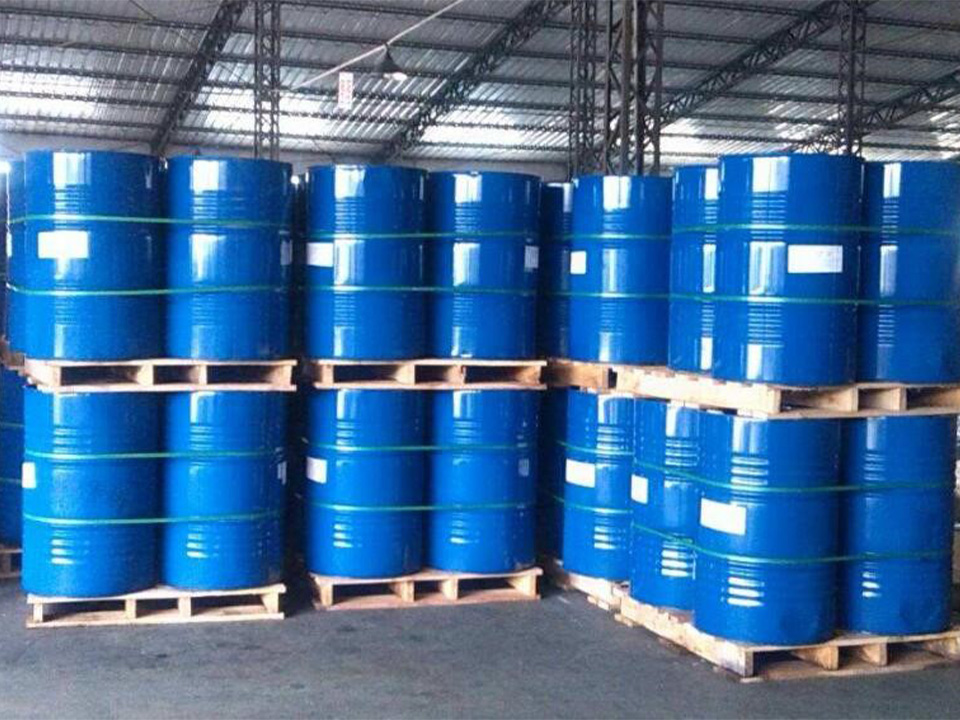Classification of imported chemicals:
Coatings, paints, varnishes
Dyes, pigments, powders
Pharmaceutical and biochemical products, reagents
Food and feed additives
Catalysts, additives, reagents
Flavors, spices (essential oils, powders, spices)
Plastics and products (ABS, PP, PU, ??PCV, EVA)
Rubber and products (rubber mats, non-slip mats)
Silicone or latex products
Agrochemicals, polymers, intermediates, glues
Car wax, motor oil, detergent, laundry detergent, etc.
Common difficulties in the import declaration of chemical products:
1. Product safety data sheet, including detailed content and ratio of ingredients.
2. Commodity code classification of synthetic materials.
3. Whether the import of sample paint and paint needs to be filed.
4. Customs price verification.
5. Qualification requirements for enterprises applying for dangerous goods.
6. Land/sea transportation/storage requirements for chemicals and dangerous goods.
7. Requirements for sampling and testing of powdered chemicals.
8. The hazard level of the dangerous goods and whether the product label is qualified. If not, the label shall be corrected.
9. General goods listed in the catalog of dangerous goods need to go through non-hazardous identification.
Questions and answers about hazardous chemicals:
1 How to judge whether it is dangerous goods?
Answer: The confirmation of hazardous chemicals needs to be determined according to the customs commodity code in the "Catalog of Hazardous Chemicals". There are two types of goods in the catalog, that is, they may be dangerous or non-hazardous.
2 How to determine the level of hazardous chemicals?
Answer: The United Nations "Recommendation on the Transport of Dangerous Goods Model Regulations" (2015 revision 19) (referred to as the "Model Regulations") is divided into 9 categories according to the hazard or the most important hazard of dangerous goods. The breakdown is as follows:
Category 1: Explosives
Category 2: Gas
Category 3: Flammable liquid
Category 4: Flammable solids, substances liable to spontaneous combustion, substances that emit flammable gases in contact with water
Category 5: Oxidizing substances and organic peroxides
Category 6: Toxic and infectious substances
Category 7: Radioactive materials
Category 8: Corrosive substances
Category 9: Miscellaneous hazardous substances and articles, including environmentally hazardous substances
Note: The order of numbers of categories and items is not the order of degree of danger.
3. What matters should be paid attention to in the declaration of hazardous chemicals?
answer:
(1) The business scope of the import chemical company needs to have the authority to import and export dangerous goods
(2) A Chinese MSDS and a declaration of conformity for the importing hazardous chemicals business enterprise are required
(3) A Chinese hazard publicity label for hazardous chemicals must be provided. The content of the label must be made completely in Chinese, and must be consistent with the MSDS content, and no false report or omission is allowed. If the label does not meet the customs requirements, label rectification work is required.
(4) Certain dangerous goods containing precursor chemicals must also apply for a dual-use item license.

